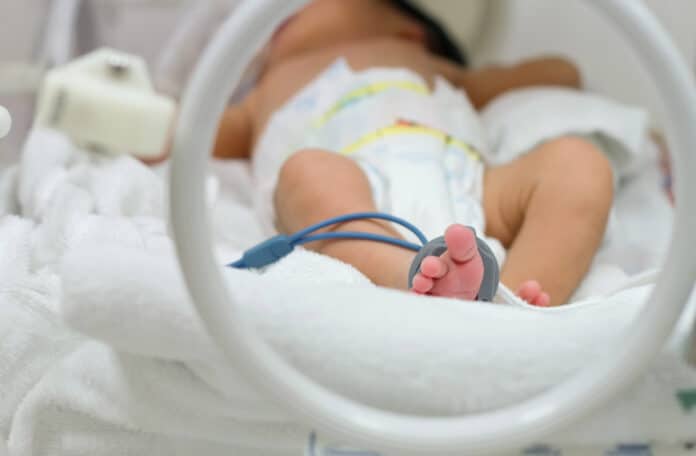Preterm babies, also known as premature babies, are born before they have had enough time to develop in their mother’s womb fully. This condition can lead to various health challenges. An important area of concern is the development of their “second brain,” also known as the enteric nervous system. This second brain is found in the gut, which is the long tube that helps digest the food we eat.
According to the Centers for Disease Control, preterm births have been increasing in the United States since 2014. The good news is that more babies born before 37 weeks of pregnancy survive. But it’s hard for doctors to care for babies born way too early, like before, about 22 weeks. Their organs are still growing. These babies need milk to grow, but they often get tummy problems because their guts don’t move food well.
At Stanford’s Wu Tsai Neurosciences Institute of Stanford University scientists want to help these tiny babies. They’re studying the gut’s nervous system, called the enteric nervous system (ENS), to make their tummies work better. They shared their findings on May 9, 2023, in Nature Communications. They found out how the nerves that control the gut grow and function. They also found ideas to help these babies do better.
Julia Kaltschmidt, Ph.D., a faculty scholar at the Wu Tsai Neurosciences Institute and associate professor of neurosurgery at Stanford Medicine, said, “We’ve now looked at both human and mouse intestines and found that the neurons that control motility organize themselves into a striped pattern. The emergence of these stripes coincides with the onset of gut motility in both species, which supports the hypothesis that these stripes are important for gut function.”
The ENS is like a second brain in the gut that controls how it moves. It has around 500 million nerve cells and can work independently, like a separate brain. It even uses some of the same chemicals that affect our mood and thinking in our central brain. Because the ENS is so complex, there’s still a lot we still need to learn about it.
Lori Bowe Dershowitz, studying to be a doctor and has a Ph.D., wanted to fill these gaps. In an earlier study, she looked at baby mice and saw their gut nerves were in stripes. She wondered if it was the same in human babies.
When Dershowitz looked at human baby intestines, she found the same stripes. It helped her learn more about how the ENS is put together. The researchers also found something new: a complicated grid of nerves on top of the striped nerves. They have yet to determine exactly what it does. However, they hope that by understanding how the gut nerves are organized in humans, they can find new ways to help babies born too early digest their food better.
Caring for premature babies is challenging as they can’t just receive nutrients through veins; their intestines need milk for proper development, noted Anca M. Pasca, MD, a doctor at Stanford Medicine affiliated with the Wu Tsai Neuroscience Institute. These fragile infants struggle with intestinal movement, leading to digestive issues and the need for surgeries due to blockages or holes.
Understanding the “second brain” in these early babies, which controls gut functions, is crucial. Usually, fully developed intestines follow a squeezing and relaxing pattern, aiding digestion, but this pattern wasn’t established in premature babies.
Researchers observed that around 18 weeks, intestines had active but unsynchronized nerves, causing irregular movements. The coordinated method emerged only around 21 or 22 weeks, potentially because some nerves develop faster.
Understanding the changing number of neurons over time can lead to discovering ways of using medicines to enhance the function of premature babies‘ intestines. “The medication that usually helps adults with this issue doesn’t seem as effective for these tiny babies, possibly because their intestines have a unique nerve composition,” clarified Dershowitz.
Recent experiments that haven’t been published suggest that some medicines could help baby mice’s intestines move better before birth. These medicines aim at specific nerves and help less-developed squeezing nerves make the intestines work better. The scientists believe these discoveries could help find drugs that make premature babies’ intestines work better, which could help them grow healthy and be well.
Journal Reference:
- Lori B. Dershowitz, Li Li et al., Anatomical and functional maturation of the mid-gestation human enteric nervous system. Nature Communications. DOI: 10.1038/s41467-023-38293-z.
